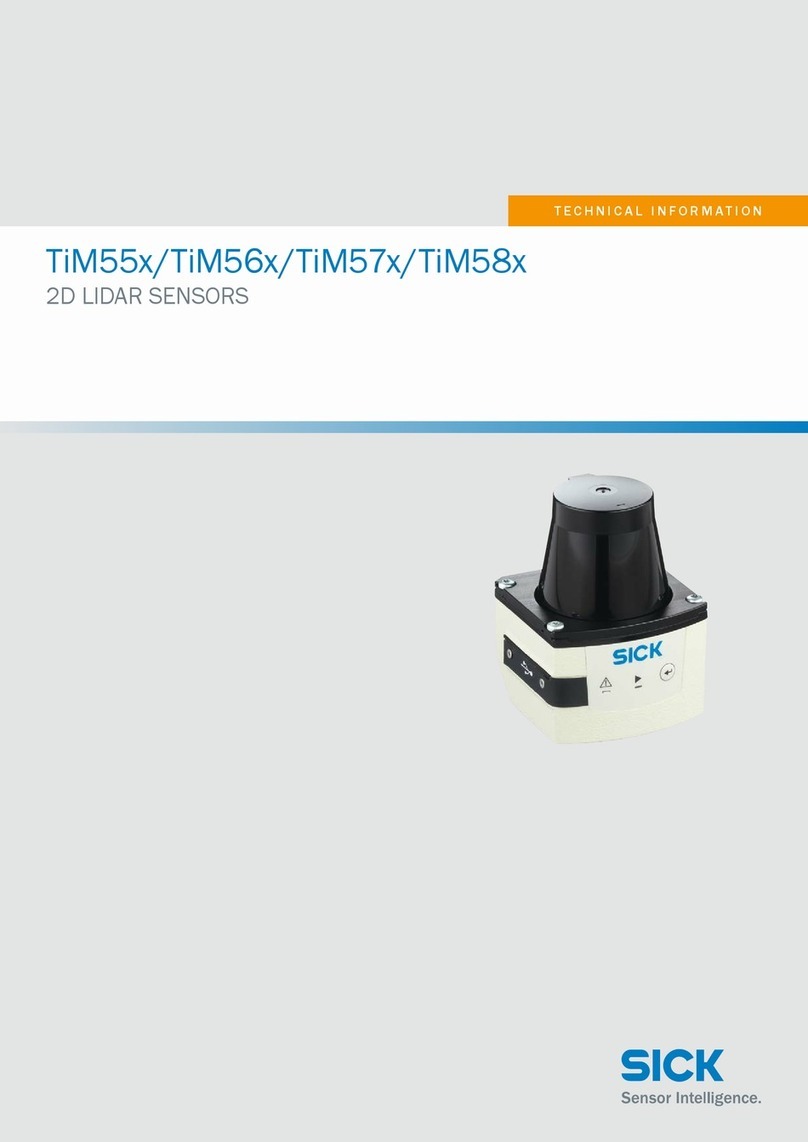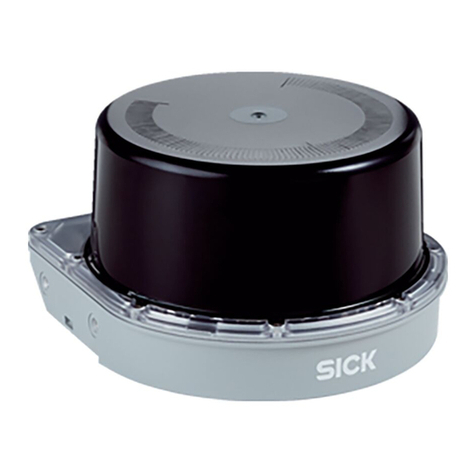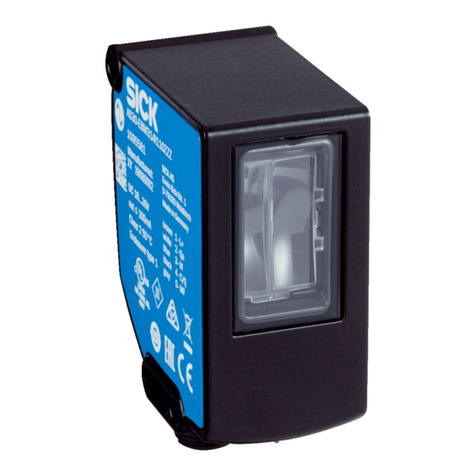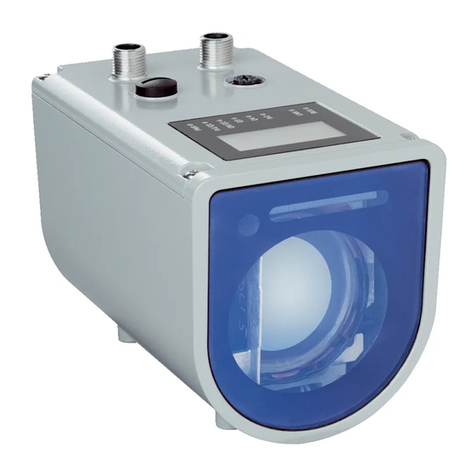SICK WFZ User manual
Other SICK Accessories manuals
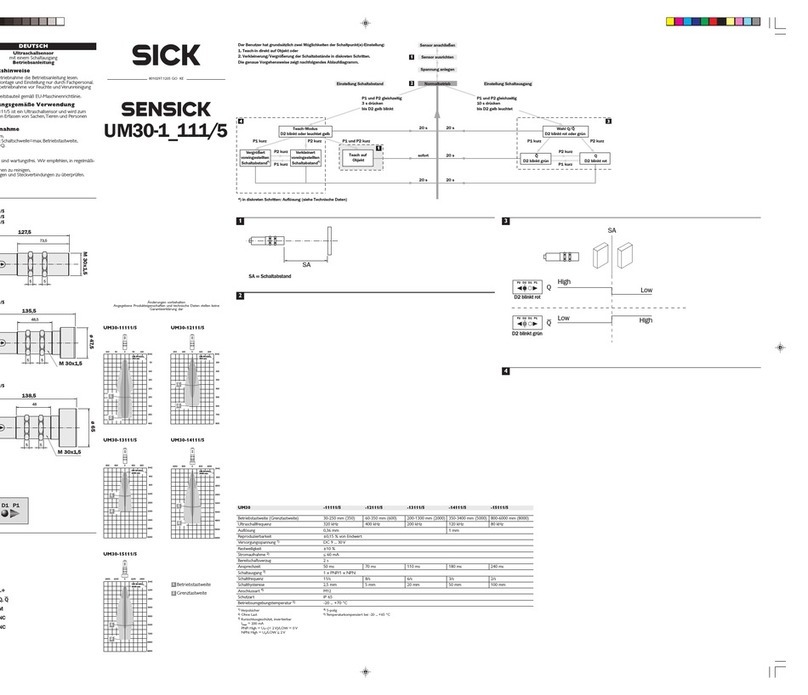
SICK
SICK SENSICK UM30-11111/5 User manual
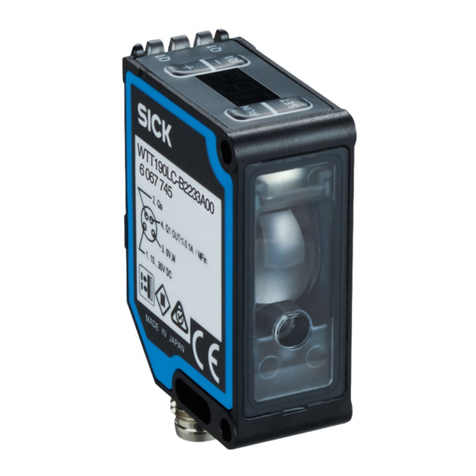
SICK
SICK WTT190LC-B2233A00 User manual
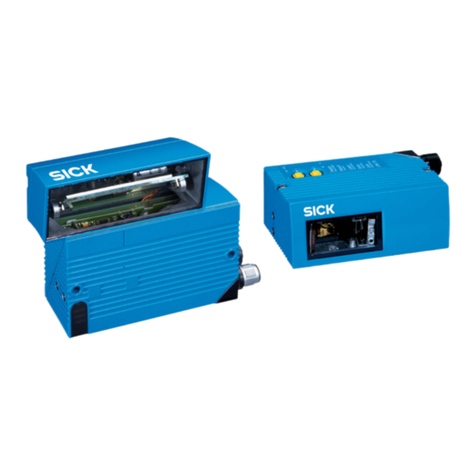
SICK
SICK JEF300 Manual
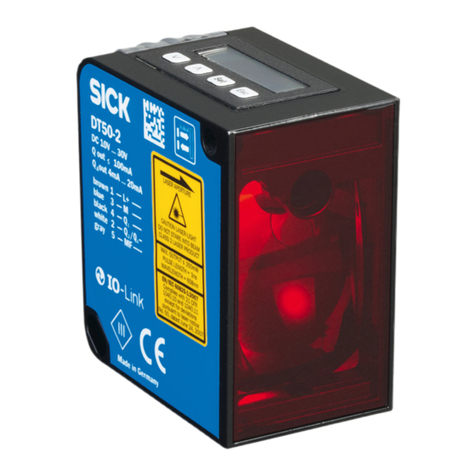
SICK
SICK DT50-2 Pro User manual
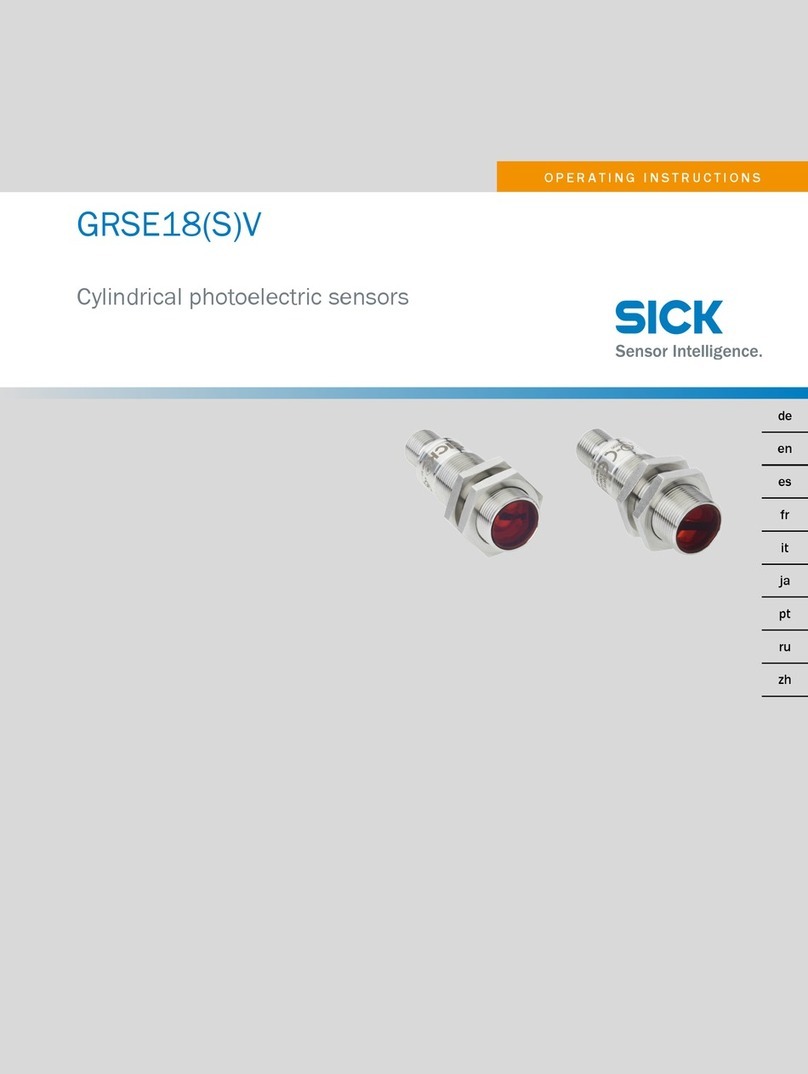
SICK
SICK GRSE18V User manual

SICK
SICK PL240DG-H User manual
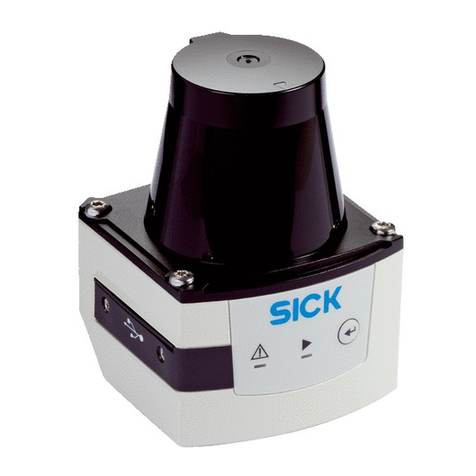
SICK
SICK TiM8 DistanceGuard Series User manual
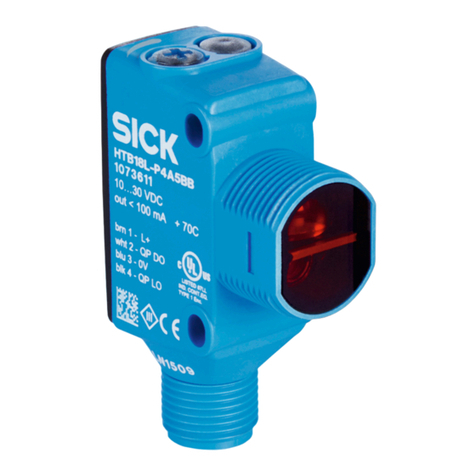
SICK
SICK SureSense HSE18 Series User manual

SICK
SICK WL34 User manual

SICK
SICK GSE6L Series User manual

SICK
SICK LBV 310 User manual
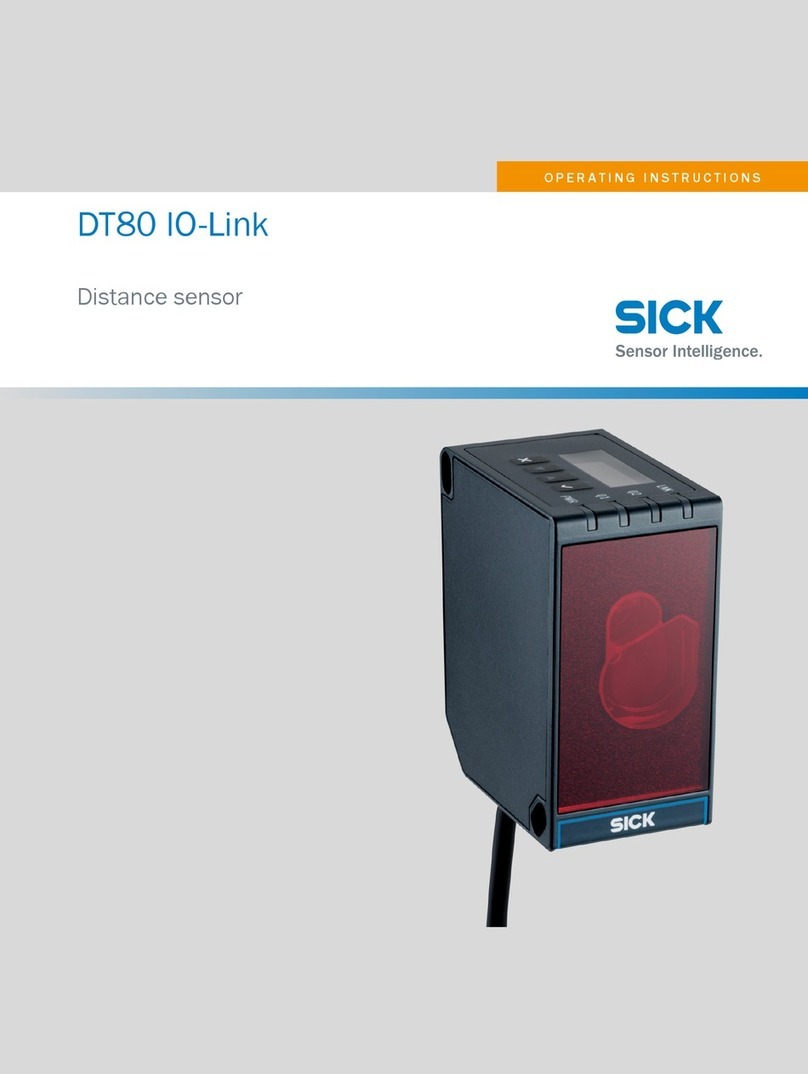
SICK
SICK DT80 IO-Link User manual
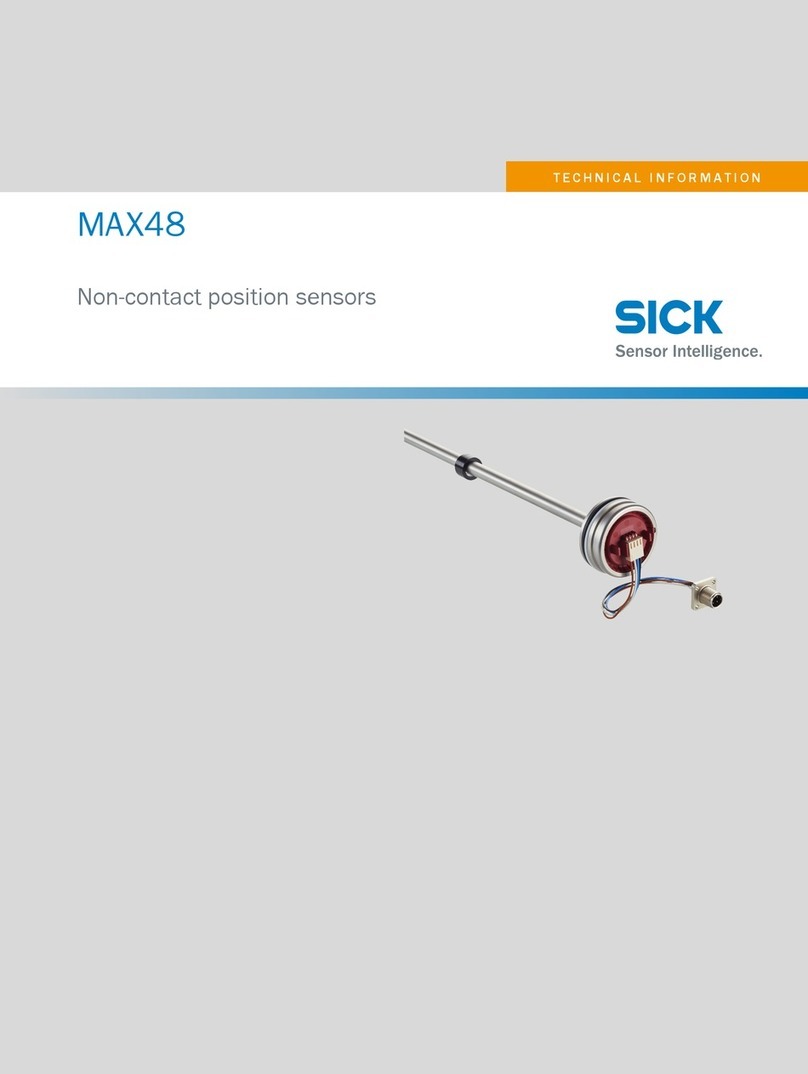
SICK
SICK MAX48 Manual
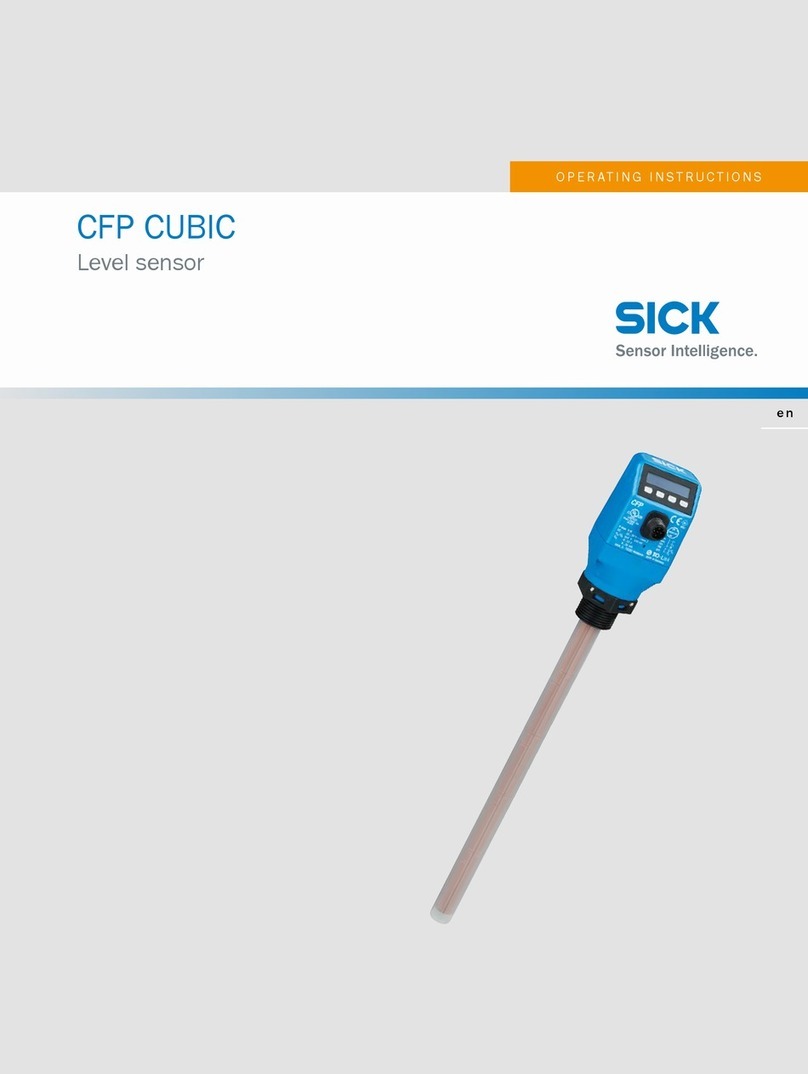
SICK
SICK CFP CUBIC User manual
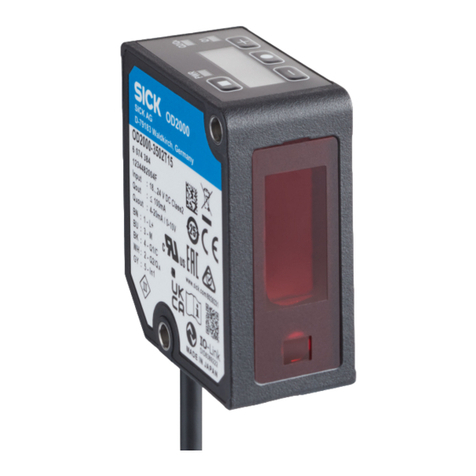
SICK
SICK OD2000 User manual
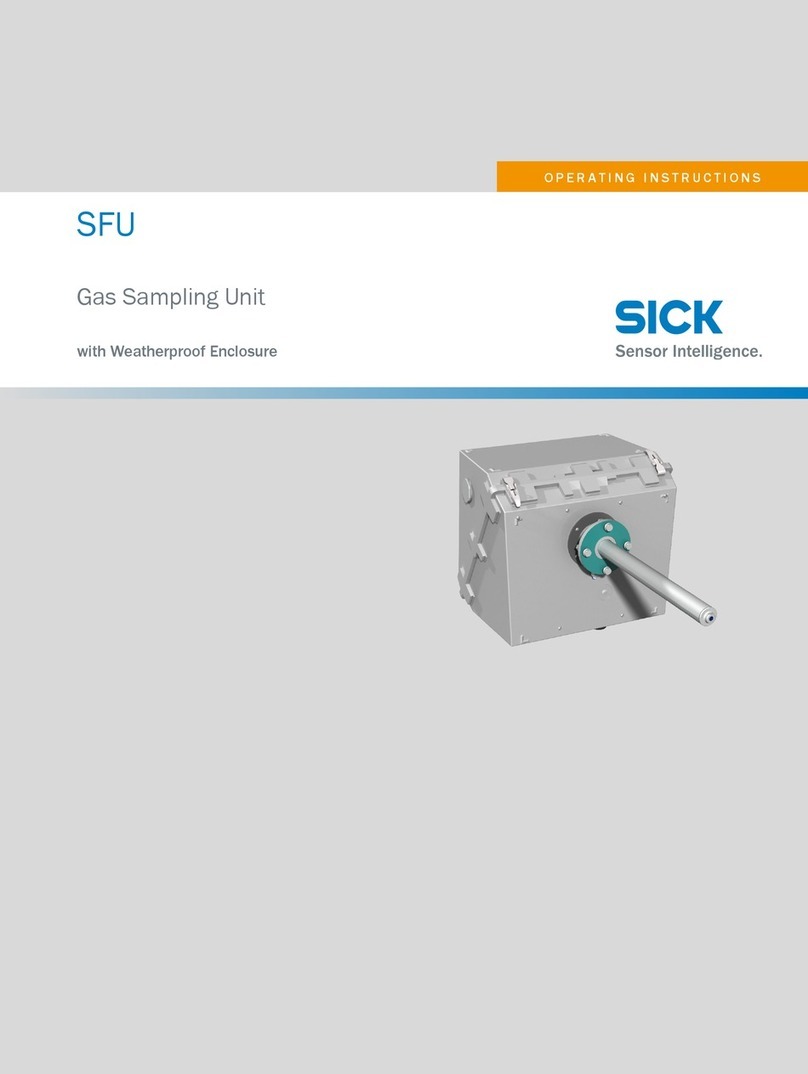
SICK
SICK SFU Series User manual
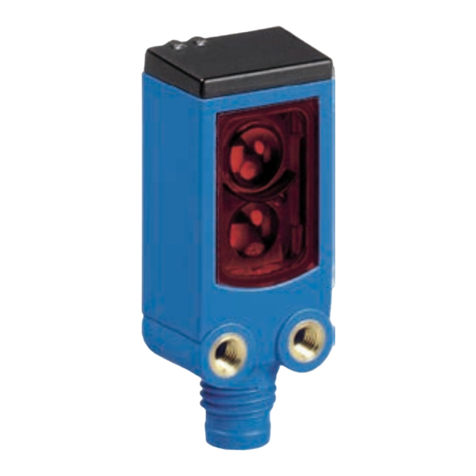
SICK
SICK MultiPulse WTB4-3P2100S13 User manual
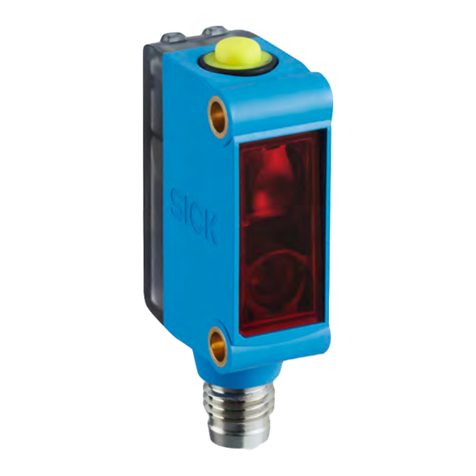
SICK
SICK KTML Series User manual
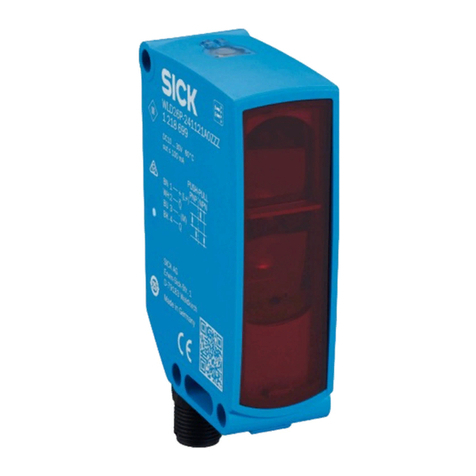
SICK
SICK W26 User manual
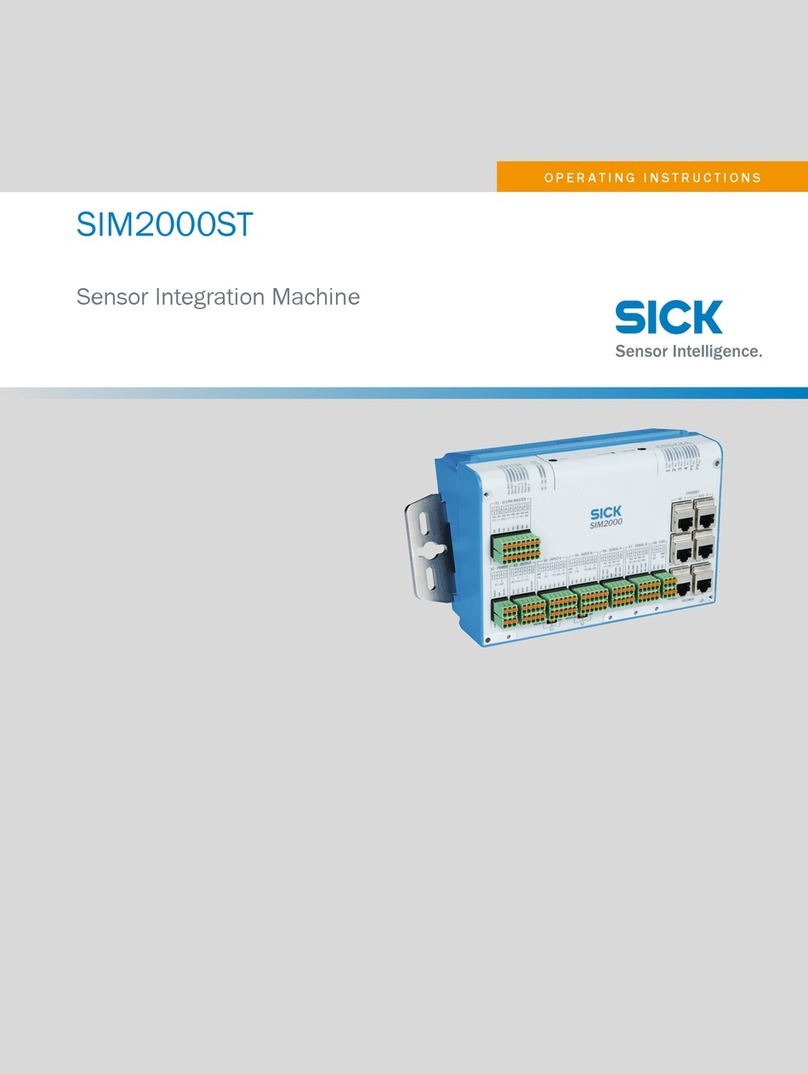
SICK
SICK SIM2000ST User manual
